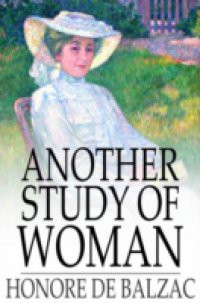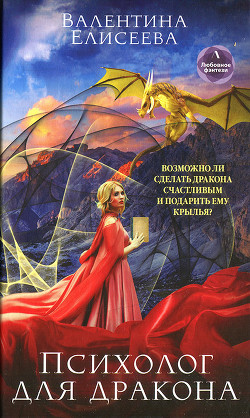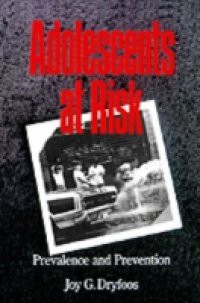Nineteenth-century ghost literature by women shows the Gothic becoming more experimental and subversive as its writers abandoned the stereotypical Gothic heroines of the past in order to create more realistic, middle-class characters (both living and dead, male and female) who rage against the limits imposed on them by the natural world. The ghosts of Female Gothic thereby become reflections of the social, sexual, economic and racial troubles of the living. Expanding the parameters of Female Gothic and moving it into the nineteenth and twentieth centuries allows us to recognise women's ghost literature as a specific strain of the Female Gothic that began not with Ann Radcliffe, but with the Romantic Gothic ballads of women in the first decade of the nineteenth century.





 8.5 (12)
8.5 (12) 











